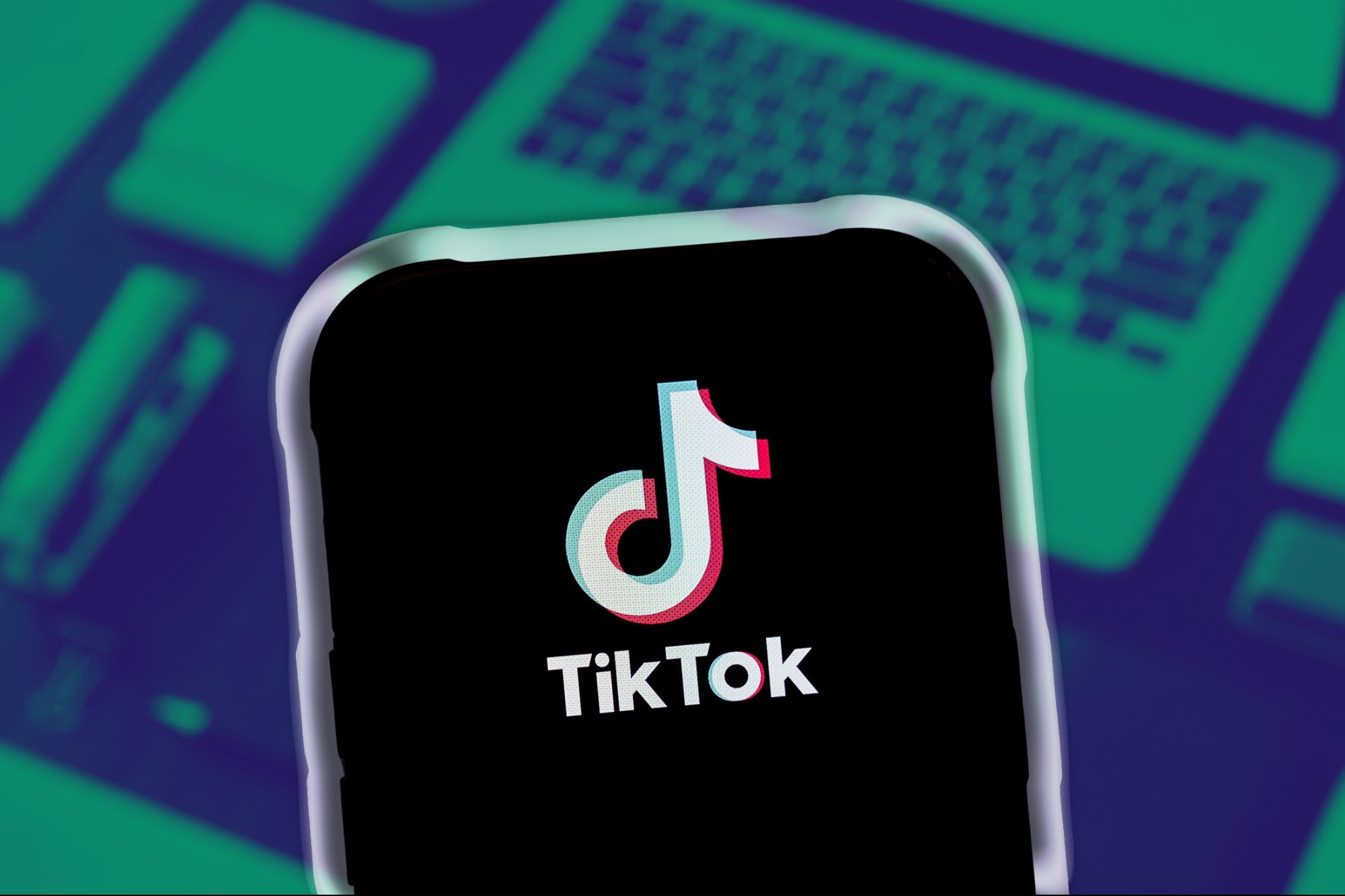Why Great Office Design Has Never Been More Important Organizations invested millions creating spaces employees want to be in. Now, in an age where more of us are working away from a centralised place of work, office design has paradoxically become even more critical.
By Arthur Wilson Edited by Jason Fell
Opinions expressed by Entrepreneur contributors are their own.
You're reading Entrepreneur Europe, an international franchise of Entrepreneur Media.

As offices began to close and lockdowns were enforced around the world, not many of us in Europe thought in that moment we'd be turning our back on a centralised place of work forever.
What was once a desirable but unusual perk offered by only the most forward-thinking of tech companies has become the norm for a staggering 39% of the UK workforce across industries with millions now calling home their office at least some of the time. That figure was just 12% before the pandemic.
But despite companies from HSBC to the local advertising agency giving up their office spaces, many firms are battling to get their people back into the workplace. And in a world where younger cohorts, in particular, seek more flexibility, creating spaces that people want to be rather than have to be is going to be critical for the long-term success of the traditional office space.
Here are some of the key reasons why great office design is more critical than it's ever been, despite the rise of the #workfromhome culture and the increased popularity of flexible working.
Employees are reluctant to return to offices.
Many business decision-makers are itching to get staff back to centralised working spaces to reap the growth, mentorship, innovation and productivity benefits of the office. But employees are reluctant to give up on their new-found flexibility, comfort, and commute-less worklives.
Uninspiring, cluttered, noisy and cultureless spaces aren't going to encourage anyone to return voluntarily — and even the big tech firms that invest millions into their workspaces like Google and Facebook are struggling to mandate staff return.
If your employees are reluctant to relinquish their home-based worklife, ask them what they need, and what the current working space lacks. Invest in seeking expert support from an office designer. Make it social — something we know work-from-home staff miss about the office — but also create quieter corners where deep-think work can be done.
Remember that for your staff, the value of the workplace is in the people, not the place itself, and 85% of employees would be motivated for an office return to rebuild team bonds and socialise with work friends once again.
Just remember that a truly awful office space will outweigh any social benefits, no matter how many pizza parties or team brunches you're planning.
Wellbeing is (rightly) in the spotlight.
Locking the office front doors in the midst of a pandemic was the right thing to do to protect staff, and in the months that followed, many workers noted the health benefits they were then enjoying working from home, including more time with family, and replacing the morning commute with a jog or a trip to the gym.
However, sustained periods of working at home — especially in isolation — is proving to be a wellbeing issue in and of itself. Data from NHS Wales suggests that up to 50% of working adults found that working from home worsened their mental wellbeing and increased feelings of loneliness.
That doesn't automatically mean getting people back into an office will instantly solve all their work-related wellbeing issues. Data from the Mental Health Foundation says 15% of us experience mental health problems at work with stress and anxiety commonplace. Over-stimulation (especially noise in shared work settings), poor lighting, lack of airflow and greenery, and also a lack of privacy are just some of the core physical drivers of workplace wellbeing issues.
Great office design is built around people and it places their wellbeing and productivity at the heart of everything. The best workspaces can elevate the feelings of happiness and creativity of the people within them. Companies are increasingly waking up to the fact that, for their businesses to thrive, so must their people, and the place in which they work is the foundation stone for all of it.
Economic headwinds require creative solutions.
If you've read any articles lately about why business leaders are demanding their people return to an office, there are some common themes that crop up as to why. Better productivity is a core factor, as well as increased mentorship and promotion opportunities for younger staff. Wanting to realise the returns on their multi-million-pound workplace investment is no small factor, either.
But the most common reason given is that close proximity between teams increases the opportunities for more creativity and joint problem-solving — key drivers in innovation and future profitability.
And recent studies support this idea. Research by Microsoft and reported on in Forbes found that the loss of connection through remote work leads to a breakdown in innovation through reduced interactions. Remote workers can become siloed and forced collaboration events such as all-hands Zoom calls rarely yield positive results.
All of this matters right now as economic headwinds become stronger for organisations of all sizes. Creative ideas, new thinking and a truly collaborative approach are needed for businesses to continue living their values and realising their goals — and great office design is at the core of enabling that creativity to take place.
A place candidates can't wait to work in.
If your office isn't an inspiring place to be and you're looking to hire great talent then no doubt the last two years have been a struggle. Almost six in 10 jobseekers are looking for fully remote roles right now, so unless you're willing to pay well above market rates to get the best candidates through the door, you're going to struggle in the current marketplace.
Candidates will consider on-site job roles if the company, remuneration, and type of work make it worthwhile. But a candidate won't re-join the rat race of morning commute and meal-deal lunches to spend their day in an uninspiring office.
Great office design says a lot about the organisation a candidate may be joining too. Is it forward-thinking and social with great spill-out zones and private workspaces, lots of natural light and greenery? Or is it a square white box with rows of desks and carpet that would only look good on the train or bus they had to take to get there?
Truly great office design is inspiring. It creates spaces that people can't wait to be and work in. And without it in an age where there are more job vacancies than there are candidates and the hottest talent can choose how they work, investing in great workplaces is a direct investment in your business' competitiveness in the jobs market.













